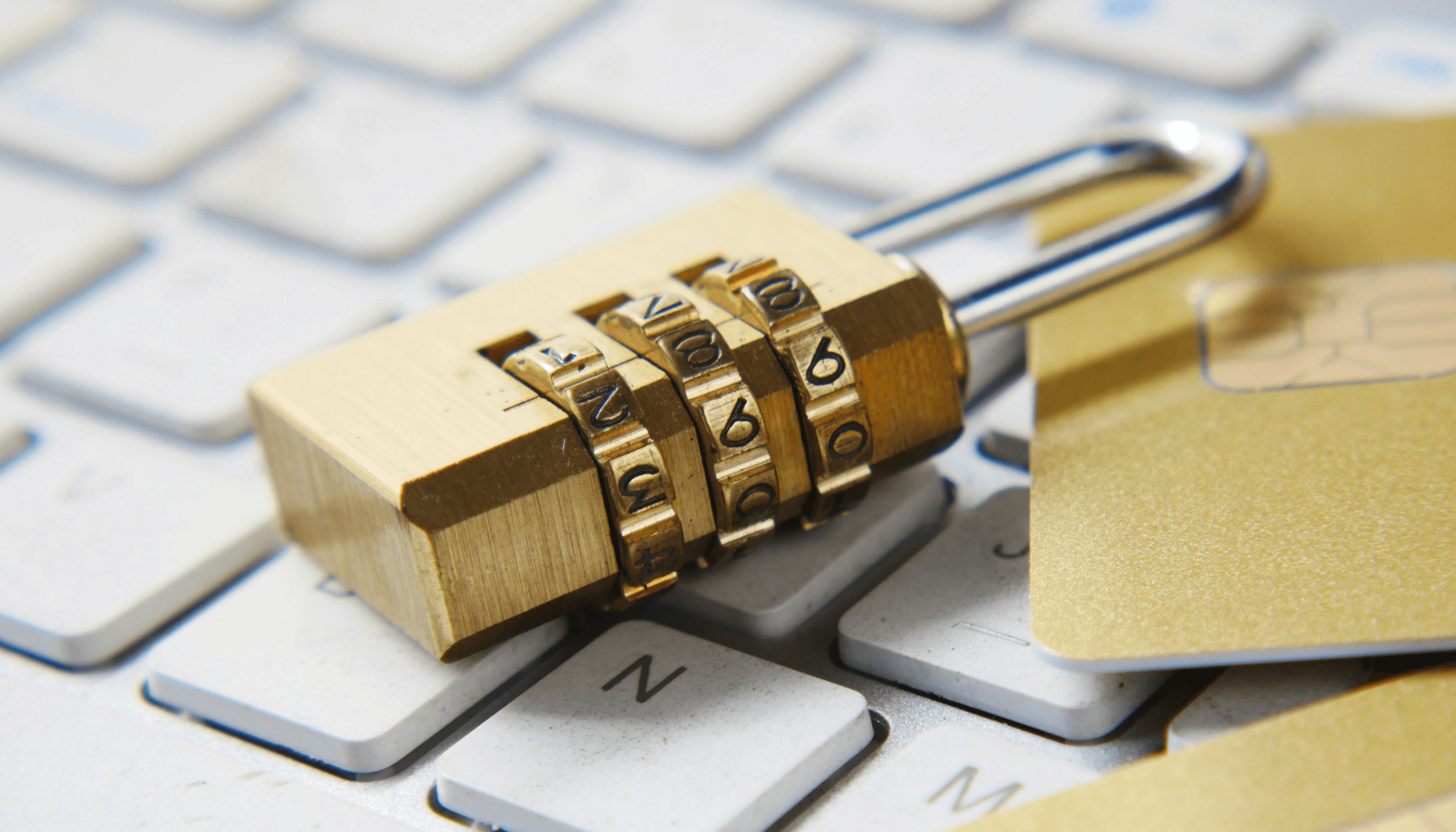The True Cost of Phishing Attacks

Imagine this: It's a regular workday, and you're diligently going through your emails. Amidst the sea of messages, you come across one seemingly from your company's IT department, urging you to update your login credentials due to a recent security breach. Concerned about the safety of company data, you click the provided link and proceed to enter your username and password, unaware that you've just fallen victim to one of the most pervasive cyber threats of our time: phishing.
This scenario is all too common and illustrates just one of the many ways phishing attacks can target employees within a company. According to a report by the UK government, 83% of UK businesses that suffered a cyberattack in 2022 experienced phishing attempts. With increasingly sophisticated tactics, cybercriminals exploit the trust among colleagues to breach corporate defenses and disrupt business operations.
Phishing attacks are not just about tricking individuals—they are about compromising entire organizations. The impact goes beyond immediate financial losses; it extends to reputational damage, legal consequences, and long-term operational disruptions.
10 Consequences of Phishing Scams

Phishing emails can lead to cascading effects that impact various aspects of a business. Let’s explore these in detail:
1. The Time Cost of Phishing Defense
Defending against phishing attacks demands significant time and resources. IT teams are often on the front lines, spending hours investigating suspicious emails, analyzing threats, and educating employees. According to research by Osterman, IT teams spend an average of 27.5 minutes dissecting a single phishing message. Multiply this by the number of phishing attempts an organization receives, and you can see how the time cost escalates rapidly.
Beyond the immediate response, there’s also the ongoing task of updating security measures, phishing prevention training, and implementing new protocols—all of which require time and effort.
Time spent on phishing defense isn’t just about analyzing emails—it also involves incident response, coordinating with legal teams, and potentially communicating with customers and stakeholders about the breach. This process can take weeks, if not months, to fully resolve, diverting attention from core business operations.
2. The Financial Cost of Phishing Defense
Phishing attacks can lead to direct financial losses in multiple ways. Attackers may gain access to financial accounts, enabling them to execute fraudulent transactions, steal funds, or demand ransoms. According to the Ponemon Institute, the average cost of a data breach in 2022 was $4.35 million, a significant portion of which can be attributed to phishing emails.
These financial losses are not limited to the initial attack. Companies often face additional expenses related to forensic investigations, legal fees, regulatory fines, and increased insurance premiums. In some cases, businesses may also need to invest in public relations efforts to restore their brand image.
3. The Cost of Lost Productivity
Phishing emails disrupt regular business operations. Employees who fall victim to phishing scams may have their accounts compromised, leading to time spent rectifying the damage, resetting passwords, and restoring access. The downtime caused by these activities can result in significant productivity losses.
For instance, if a key executive’s email account is compromised, the fallout could delay decision-making processes, disrupt communications, and halt critical projects. The ripple effect of such disruptions can impact not just individual productivity but the overall efficiency of the organization.
4. Intellectual Property Theft
Cybercriminals often target businesses with the intention of stealing intellectual property (IP), trade secrets, or proprietary information. This stolen data can be used by competitors to gain an unfair advantage or sold on the dark web to the highest bidder.
The theft of IP can have long-term consequences for a business, including loss of competitive edge, decreased market share, and even the potential collapse of the business if critical innovations are stolen and exploited by others.
5. Data Breach Remediation
Once a phishing attack has led to a data breach, the organization must undertake remediation efforts to contain the damage. This often involves hiring cybersecurity experts, conducting thorough investigations, and implementing enhanced security measures.
Hiring external cybersecurity firms to handle breach remediation can be costly. These experts charge premium rates for their services, especially when dealing with complex breaches that require extensive forensic analysis and system recovery efforts.
6. Lower Share Price
Publicly traded companies are particularly vulnerable to the financial impact of phishing attacks. According to the Harvard Business Review, companies typically lose 7.5% of their stock value following a data breach. Recovery can take up to 46 days, during which time the company may face increased scrutiny from investors and the market.
Even after the initial recovery, investor confidence can be shaken, leading to long-term impacts on the company’s stock price. This loss of confidence can make it more difficult for the company to raise capital or attract new investors in the future.
7. Lost Customers, Brand Damage, and PR
A successful phishing attack can severely damage a business's reputation. Customers who lose trust in a company’s ability to protect their data may take their business elsewhere. Negative publicity surrounding a data breach can also deter potential clients, leading to decreased revenue and long-term brand damage.
Rebuilding trust after a data breach is a long and costly process. Companies may need to invest in marketing campaigns, customer outreach, and improved customer service to regain the confidence of their customers. In some cases, businesses may never fully recover from the reputational damage caused by a phishing email.
8. Legal and Regulatory Consequences
In many jurisdictions, businesses are legally required to protect customer data and report breaches. Failure to comply with these regulations can result in hefty fines, legal penalties, and further damage to the company's reputation. Legal costs associated with a breach include advice on disclosures, litigation, settlements, and indemnification.
After a breach, companies may face increased scrutiny from regulators, leading to more frequent audits and inspections. This heightened oversight can add to the administrative burden and further strain the company’s resources.
9. Cyber Insurance
Cyber insurance is an essential safeguard for businesses, providing coverage for data breaches, ransomware attacks, and other cybersecurity incidents. However, the cost of premiums can increase significantly following a phishing-related breach, especially if the insurer deems the company’s security measures inadequate.
It’s important to note that not all cyber insurance policies cover every aspect of a breach. Businesses need to carefully review their policies to ensure they have adequate coverage for the specific types of attacks they are most likely to face.
10. The Cost of Doing Nothing
Phishing is a costly gateway to data breaches, with its toll extending beyond mere monetary figures. The impact includes the erosion of reputations, loss of market standing, and challenges in regulatory compliance. As organizations fortify their defenses, cybercriminals evolve their tactics, exploiting vulnerabilities with ever-greater sophistication.
Failing to invest in robust cybersecurity measures can leave a business vulnerable to repeated attacks. Cybercriminals often target organizations they perceive as weak, meaning that a lack of proactive defense can make a company an easy target for future phishing attempts.
Brightside Tips on Preventing Phishing

1. Educate Your Employees
Your first line of defense is your employees. Regularly train them to recognize phishing attempts, such as suspicious emails, urgent requests for personal information, and unexpected attachments. Use real-life examples and phishing simulations to keep them alert.
2. Implement Multi-Factor Authentication (MFA)
Even if credentials are compromised, MFA adds an extra layer of security. Require employees to use MFA for all critical systems, ensuring that a password alone isn’t enough for attackers to gain access.
3. Use Email Filtering Tools
Invest in advanced email filtering tools that can detect and block phishing emails before they reach your employees’ inboxes. These tools analyze incoming messages for common phishing signs, such as spoofed email addresses, malicious links, and suspicious attachments.
4. Limit Access Privileges
Follow the principle of least privilege by ensuring employees only have access to the systems and information necessary for their roles. This minimizes the damage a phishing attack can cause if an account is compromised.
5. Keep Software Updated
Outdated software is a common entry point for attackers. Regularly update all systems and software to patch vulnerabilities that phishing emails might exploit.
6. Encourage Reporting of Suspicious Emails
Create a culture where employees feel comfortable reporting suspicious emails without fear of repercussions. Quick reporting can help IT teams respond before an attack causes significant damage.
7. Conduct Regular Security Audits
Regularly audit your security practices to identify vulnerabilities and areas for improvement. These audits should include phishing tests to assess how well your employees are applying their training.
By taking these steps, you can significantly reduce the risk of a successful phishing attack and better protect your company’s data and reputation. Remember, in cybersecurity, proactive measures are always better than reactive responses.
8. Leverage Brightside for Comprehensive Protection
Consider integrating BrightSide into your cybersecurity strategy. BrightSide's advanced tools help monitor your organization's digital footprint, reducing the chances of phishing attacks by identifying and addressing vulnerabilities before attackers can exploit them. With Brightside, you gain real-time insights and proactive defense mechanisms that strengthen your overall security posture, giving you peace of mind in an ever-evolving threat landscape.
By following these tips and incorporating solutions like BrightSide, you can build a robust defense against phishing attacks, ensuring your company remains secure and resilient.
Conclusion
Phishing is not just a minor inconvenience; it’s a significant threat that can have far-reaching consequences for any organization. To protect against these risks, businesses must remain vigilant and equip their teams with the knowledge and tools to recognize and prevent phishing attacks. Organizations should prioritize cybersecurity measures, including phishing email training, robust phishing email simulators, and incident response plans, to mitigate the impact of phishing attacks and safeguard their operations and assets.
Investing in cybersecurity is not just about protecting data—it’s about protecting your entire business.
Subscribe to our newsletter to receive a quick overview of the latest news on human risk and the ever-changing landscape of phishing threats.


